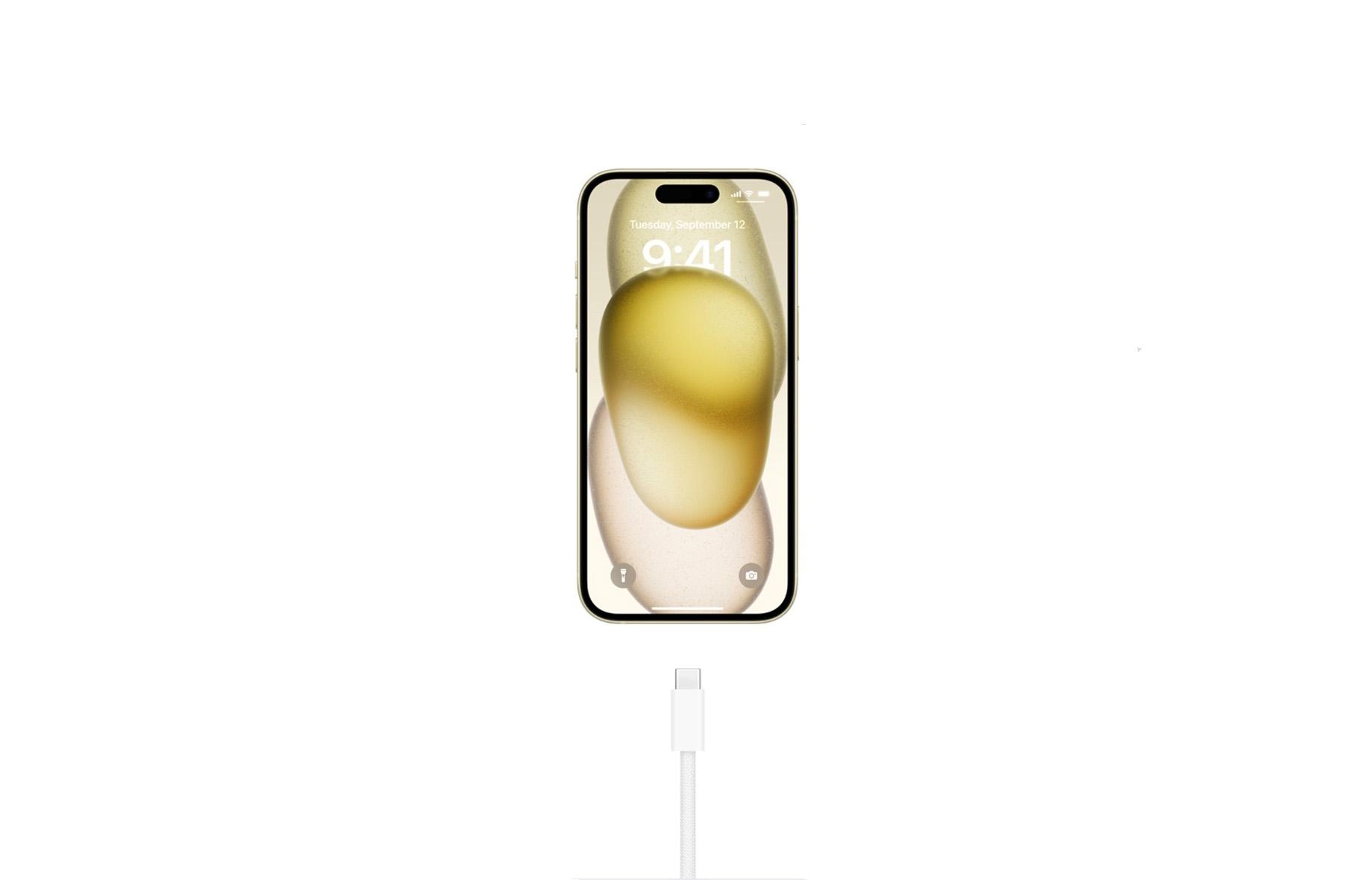Apple’s transition from the Lightning to USB-C port for the iPhone 15 lineup this year has garnered significant attention, particularly for Android smartphone owners. This shift means that Android users can seamlessly switch to any of the four new iPhone 15 models without fretting about needing a different charging cable. It’s a move that promotes convenience and compatibility.
However, a twist in this narrative emerges from retail outlets in China. These outlets caution against using USB-C cables originally designed for Android devices with the iPhone 15. Their concern stems from the potential for overheating issues, as not all USB-C cables are created equal. The differences lie in the pin arrangement within the cable interfaces.
The difference can be seen in its connectors in which the 9-pin and the 11-pin connector as there is a smaller gap present. When these cables are connected, there is a present risk that the connector side of the Apple store employees are actively advising customers to avoid these cables to minimize overheating-related issues, given that excessive usage could even result in melting or damaging the iPhone 15’s USB-C port.
The concern over potential overheating issues isn’t isolated to a single Apple store; multiple outlets in China are echoing the same cautionary sentiment. This does indeed raise eyebrows towards the question if Apple is trying to persuade its customers to purchase its pricier USB-C cables as opposed to the Android alternatives.As of now, there have been no reported incidents of iPhone 15 USB-C ports malfunctioning due to the use of Android cables. However, it’s essential to remember that these phones were just released last week, so it might take some time for any potential issues to come to light. Considering this, it’s advisable that iPhone 15 owners consider investing a bit more in Apple’s USB-C cables to err on the side of caution, as the consequences of using a different accessory are still unknown.
In conclusion, while Apple’s transition to USB-C brings about significant advantages in terms of convenience and compatibility, users should be aware of the potential risks associated with non-Apple USB-C cables. Taking preventive measures, such as opting for approved accessories, can help safeguard your investment in the iPhone 15 and ensure a smooth charging experience.

